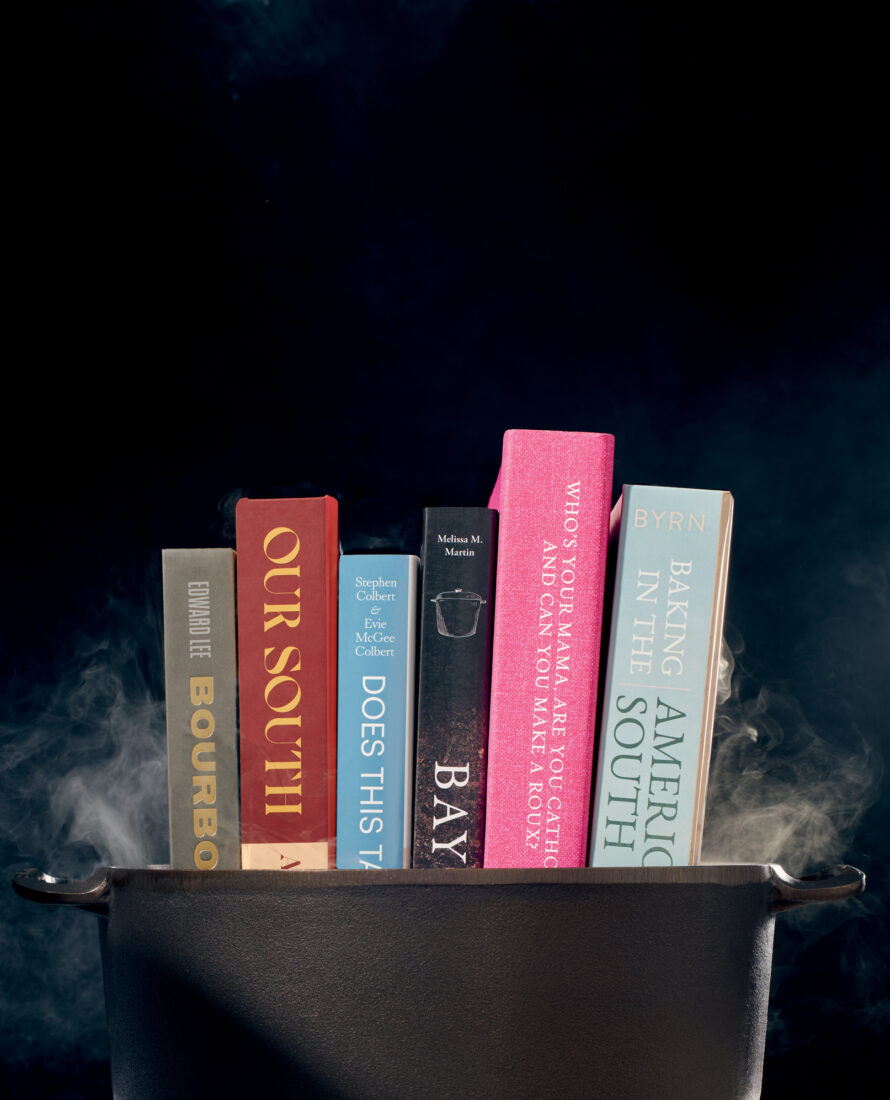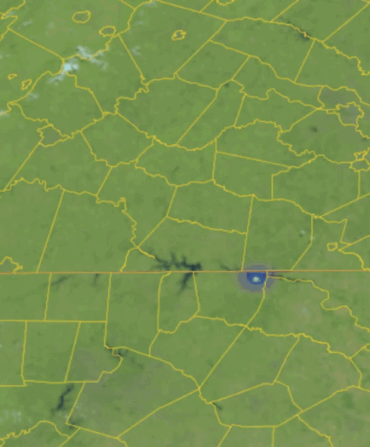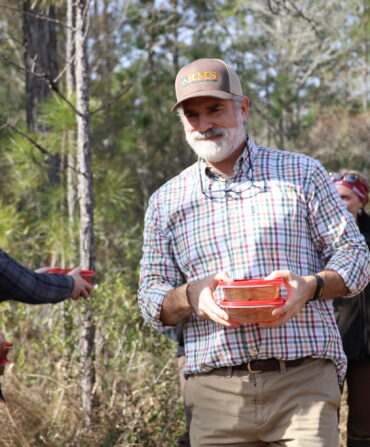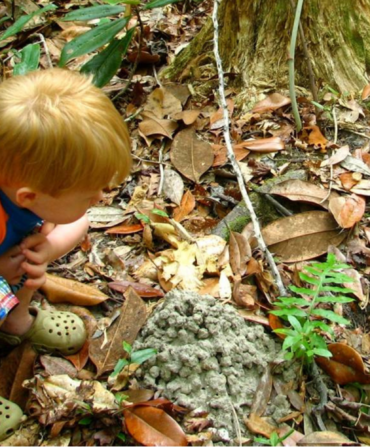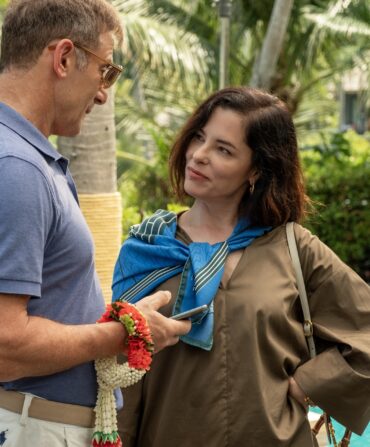Back in 2021, while on a book tour in North Carolina, the baker, cookbook author, and fifth-generation Tennessean Anne Byrn found herself stumped by an audience member’s query: “What makes Southern baking so special?” A softball, at first blush, yet unable to formulate an answer, Byrn tried polling the audience: “It’s your mama’s cooking,” one person said; “it’s the biscuits”; “it’s the flour,” said another; “it’s the people.” But none of these responses, to Byrn, felt quite definitive.
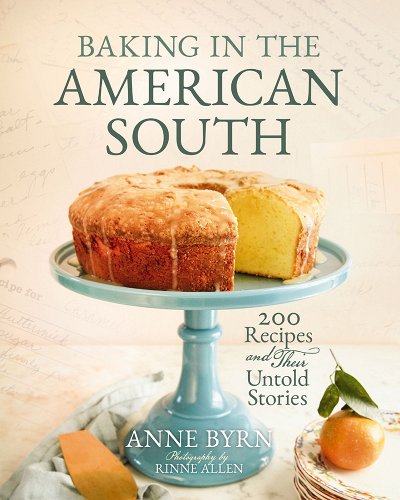
Three years later, Byrn has her answer. It’s 485 pages, entitled Baking in the American South: 200 Recipes and Their Untold Stories, and, yes, it feels definitive. For proof, thumb through to, say, Byrn’s cornbread chapter. There you’ll find twenty-two variations, from buttermilk corn muffins at Atlanta’s iconic Colonnade restaurant to Grand Ole Opry legend Minnie Pearl’s eggless, sugary cornbread, from the Carter White House’s recipe to Byrn’s grandmother’s spoon bread, from a molasses-darkened version as documented in an 1892 Florida agriculture bulletin to a contemporary Florida chef ’s formula for duck fat cornbread. (To bake them all, your shopping list starts with twelve pounds of cornmeal.)

Byrn drew the recipes—she also covers biscuits, cakes, cookies, and more—from “department stores, school cafeterias, tearooms, boarding houses, historic homes, cookbooks, churches, synagogues, restaurants, farms, mills, pastry shops, catering kitchens, [and] home kitchens.” It’s a refreshingly catholic selection, in the small-c sense: The pie chapter’s Peach Crostata, for instance, comes from storied chef Frank Stitt, who has often included a version at his Highlands Bar & Grill in Birmingham, while the Cantaloupe Cream Pie is inspired by one a Texas railroad cook concocted in the 1950s so as not to waste melon left over from breakfast.
The encyclopedic range—from hoecakes to chiffon, from humble to highfalutin—is part of what gives Baking its flour-dusted charm. The other part is Byrn’s sussing out of what sets Southern baking apart. She charts the historical determinants that shaped the region’s baking—economic, cultural, racial, agricultural—without neglecting the sentiments evoked by the Southern oven. “When you bake a banana pudding with a tall browned meringue,” she writes, “a rich chocolate pound cake created from memory, and sweet potato biscuits filled with shaved Kentucky ham, you will understand what makes Southern baking so special.”
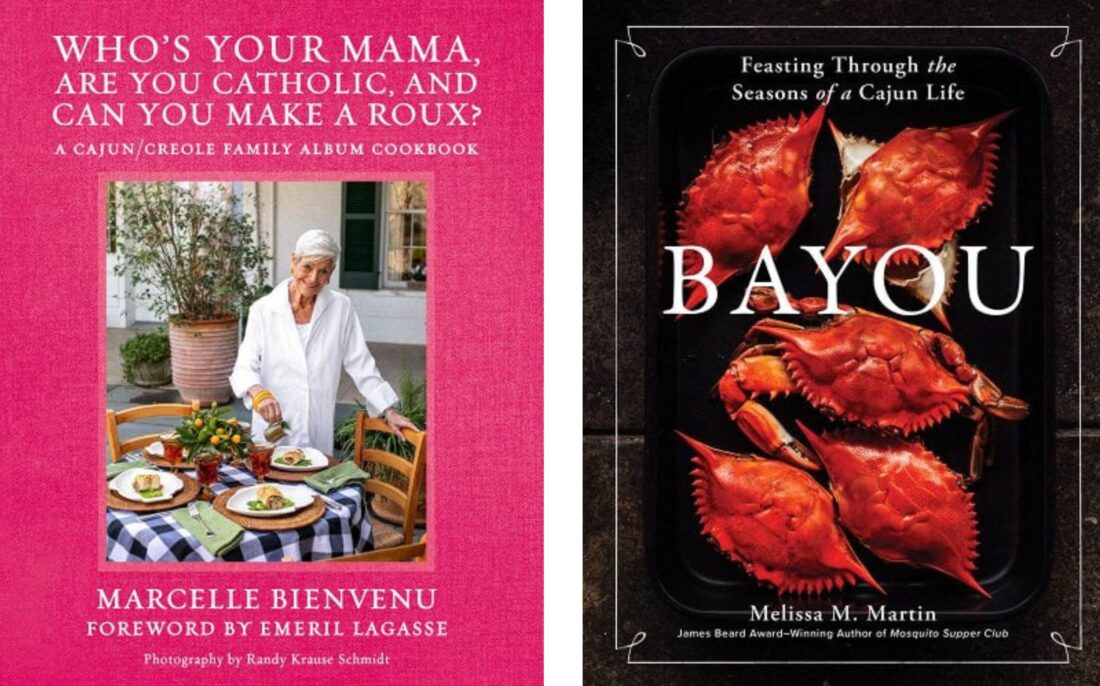
What sets South Louisiana cuisine apart lies at the nucleus of two of this year’s finest cookbooks. “We were not aware that we were assimilating any special kind of cuisine,” writes Marcelle Bienvenu, born and raised in the Cajun heartland. “We only knew that our food was good.” Bienvenu’s slyly titled Who’s Your Mama, Are You Catholic, and Can You Make a Roux? first came out in 1991. It eventually fell out of print, forcing mothers to pass it to daughters, like some precious codex. Now it’s spruced and revised, and sharing display space with Melissa M. Martin’s Bayou: Feasting through the Seasons of a Cajun Life. Both authors have formidable chops—Martin is the chef-owner of the James Beard Award–nominated Mosquito Supper Club in New Orleans; Bienvenu’s résumé includes Commander’s Palace and K-Paul’s Louisiana Kitchen—but both train their lenses on the family fare of their Cajun homeplaces. Both offer versions of the classics—étouffées; jambalayas; gumbos; spiced-up seafood boils—without resorting to upscaling, fancifying, or otherwise chef-ifying, but both also slip in their own sublime additions to the canon: for Martin, a mirliton and okra succotash and a pickled beet and strawberry salad flecked with bitter greens; for Bienvenu, dove breasts simmered in a Worcestershire-and-sherry-spiked gravy and Crawfish Stew-Fay (“a cross between a stew and an étouffée”). Swampy photographs by Denny Culbert lavishly season Martin’s book; Bienvenu spices hers with anecdotes, digressions, and heaps of mamaw energy. Both deserve getting roux-spattered on your kitchen counter.
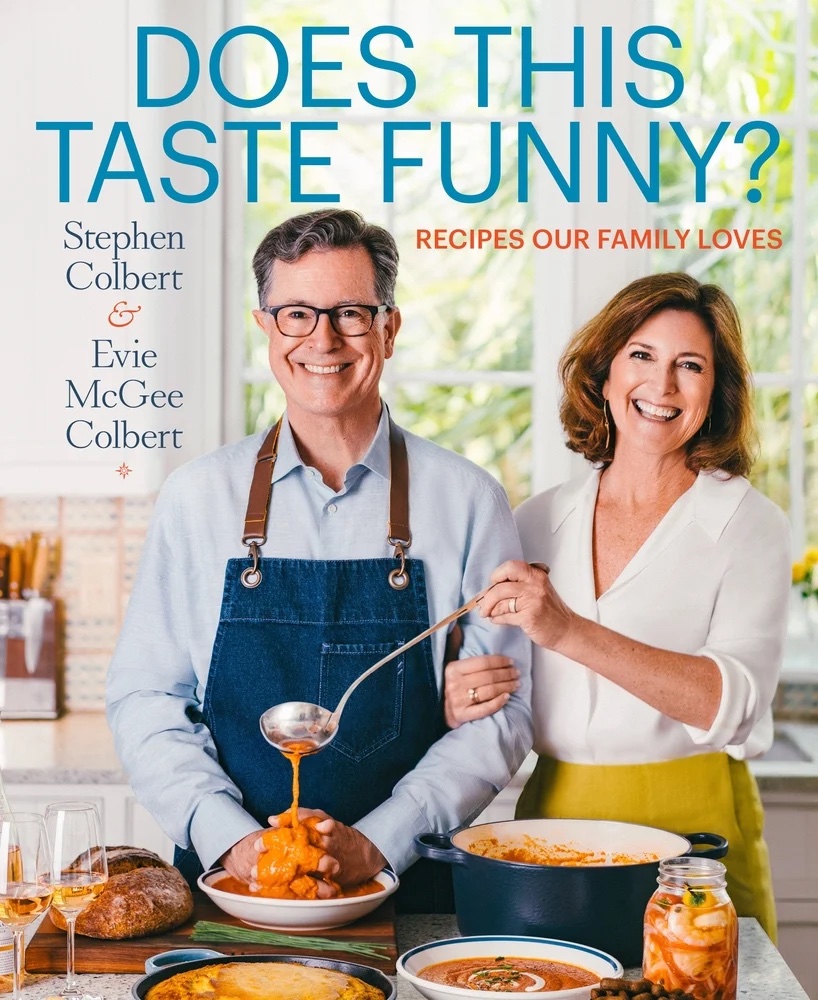
Home meals bask in the spotlight in another new cookbook, this one by authors attuned to a different kind of spotlight. Does This Taste Funny? Recipes Our Family Loves comes from late-night TV host Stephen Colbert and his wife, Evie McGee Colbert, both native South Carolinians and devoted cooks. Celebrity cookbooks tend to be brand burnishers; the recipes can feel like afterthoughts to the photos. This one, which sprang from the Colberts’ COVID-era quarantine, is a happy exception. “During the five months we did the show from South Carolina,” Stephen writes, “we not only rediscovered those essential ingredients that we grew up with, [but] we were with the family and friends who had originally taught us those recipes.” The cuisine veers classic Lowcountry, with a few outliers: Sullivan’s Island shrimp paste (“we are well aware how off-putting the word ‘paste’ is,” Stephen notes); hominy surprise (Stephen: “Surprise! It’s more hominy”); collard greens simmered in beer (Evie is a fan, while Stephen deems collards a “leathery leaf…boiled from hell to breakfast”); and naturally, given the book’s pandemic roots, a recipe for sourdough bread.

You might think it funny—or possibly tragic—to empty a fifth of bourbon into a saucepan and cook it down into a rich, oaky, alcohol-free elixir. But that’s just one of the tricks Louisville chef Edward Lee (of 610 Magnolia renown) teaches in his cookbook/cocktail book/boozy valentine, Bourbon Land: A Spirited Love Letter to My Old Kentucky Whiskey. Lee likes to drink bourbon—a glass of it, he writes, “is a path into a part of our lives that remains dormant without it.” But he’s also fond of porting his state’s official flavor into his cuisine. Cases in point: charred rib eye with bourbon-soy butter; chilled corn and bourbon soup; pork meatballs in bourbon-gochujang coconut broth; and bourbon-poached bass. “The taste of bourbon is so distinctive, so strong, so haunting,” he writes, “that it makes my cooking instantly better.”

The Virginia-raised Ashleigh Shanti, the chef-owner of Asheville’s Good Hot Fish, explores the distinctive and often misunderstood flavors of Black cooking in Our South: Black Food through My Lens, a powerhouse debut. Shanti’s mission: “I want to dispel the myths of what America thinks Black cooking is and is not.” To that end, she amplifies the complexities of Black food with head-turning dishes such as peppery turnip soup with dandelion pesto; boiled peanut and Virginia ham soup; cornmeal-fried cat-fish with trout roe tartar sauce; and drunken sweet potato pudding laced with bourbon. “Our food tells a story,” Shanti writes, “and it’s capable of producing feelings and emotions deep within one’s inner being. That is the food of our South.” And that, as all these cookbooks affirm, is what makes it so damn special.
Garden & Gun has an affiliate partnership with bookshop.org and may receive a portion of sales when a reader clicks to buy a book.


